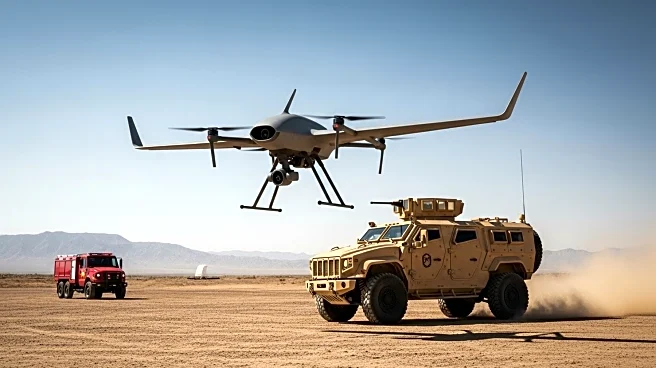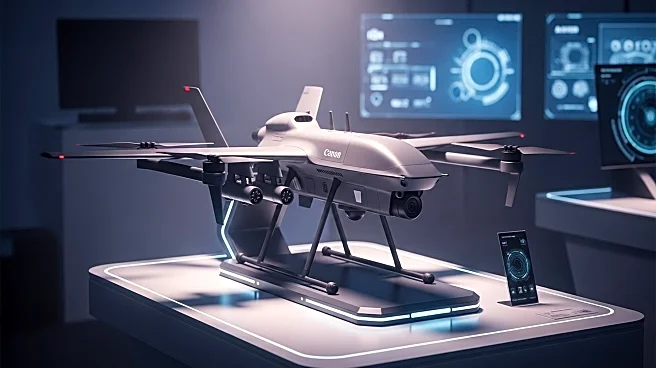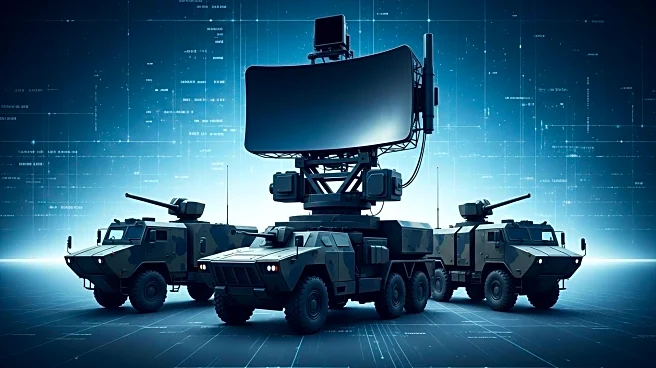What's Happening?
Anduril Industries has introduced EagleEye, a mixed-reality system designed to integrate artificial intelligence and live sensor feeds directly into soldiers' sightlines. This development follows Anduril's acquisition of control over the Army's Integrated Visual Augmentation System (IVAS) earlier in 2025, and a subsequent $159 million prototyping award in September. EagleEye is set to be available in three form factors: helmet, visor, and glasses, each equipped with teammate tracking capabilities. The system aims to enhance battlefield awareness and decision-making by providing real-time data integration. This shift marks a significant transition from Microsoft-led testing to vendor-driven prototyping, compressing procurement timelines and increasing stakes for suppliers and soldiers.
Why It's Important?
The introduction of EagleEye represents a pivotal moment in military technology, potentially transforming how soldiers interact with battlefield data. By integrating AI and sensor feeds into wearable devices, soldiers can gain enhanced situational awareness, potentially improving survivability and operational efficiency. This development could lead to faster procurement processes and tighter industry partnerships, while also raising questions about privacy and data governance. The shift from software to hardware emphasis by Anduril highlights a broader trend in military spending, concentrating resources into fewer, more agile contracts. Stakeholders, including privacy advocates and defense analysts, are likely to scrutinize the implications of persistent AR flows and AI decision aids in military operations.
What's Next?
As EagleEye moves towards deployment, several key issues will need to be addressed. Soldiers will require expanded training cycles to adapt to the new technology, and lawmakers may seek clarity on data retention and AI decision-making processes. The integration of AR into military operations could prompt regulatory discussions about consent and civilian data protections. Additionally, the success of EagleEye could influence future procurement strategies, encouraging other vendors to develop similar technologies. The broader adoption of battlefield AR may necessitate new policies to ensure ethical use and oversight.
Beyond the Headlines
The deployment of EagleEye could have long-term implications for military strategy and civilian-military relations. As AR becomes more prevalent in military operations, ethical considerations regarding surveillance and data privacy will become increasingly important. The technology could also influence cultural perceptions of military service, as soldiers become more reliant on AI-driven systems. Furthermore, the integration of AR into military operations may drive innovation in other sectors, such as healthcare and emergency response, where real-time data integration can enhance decision-making.











